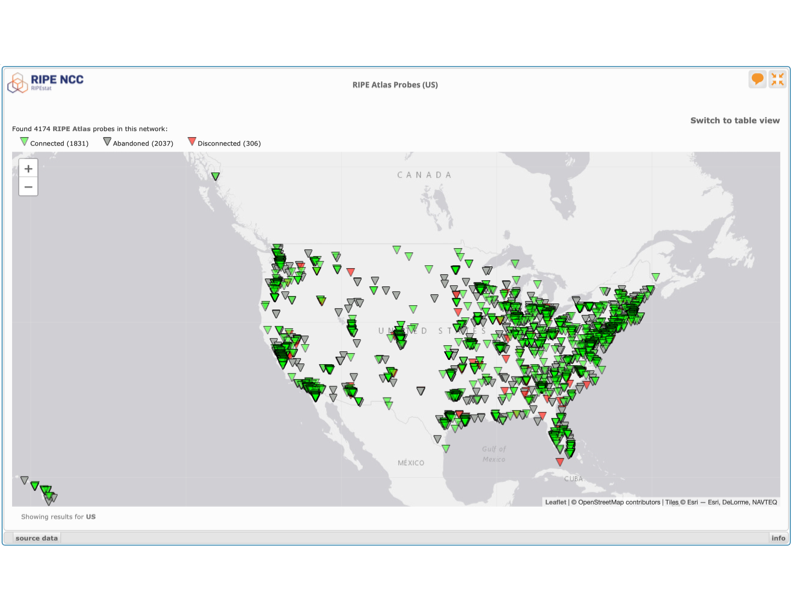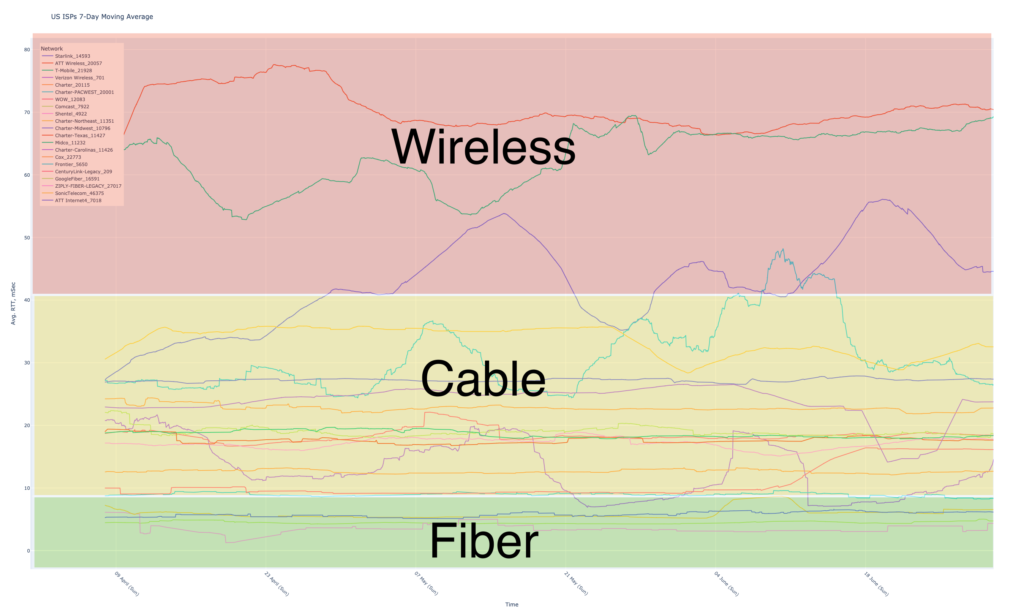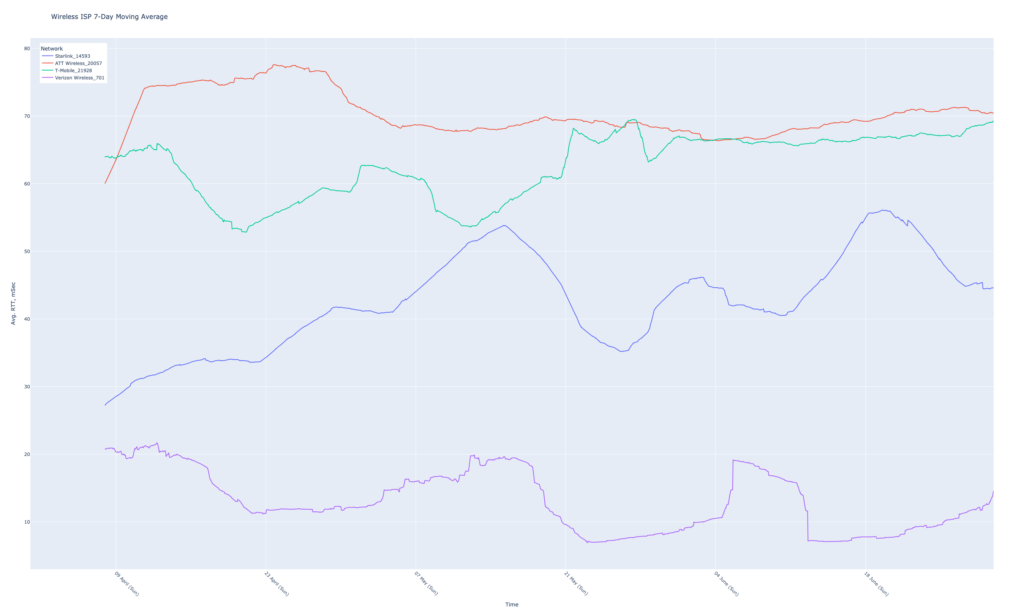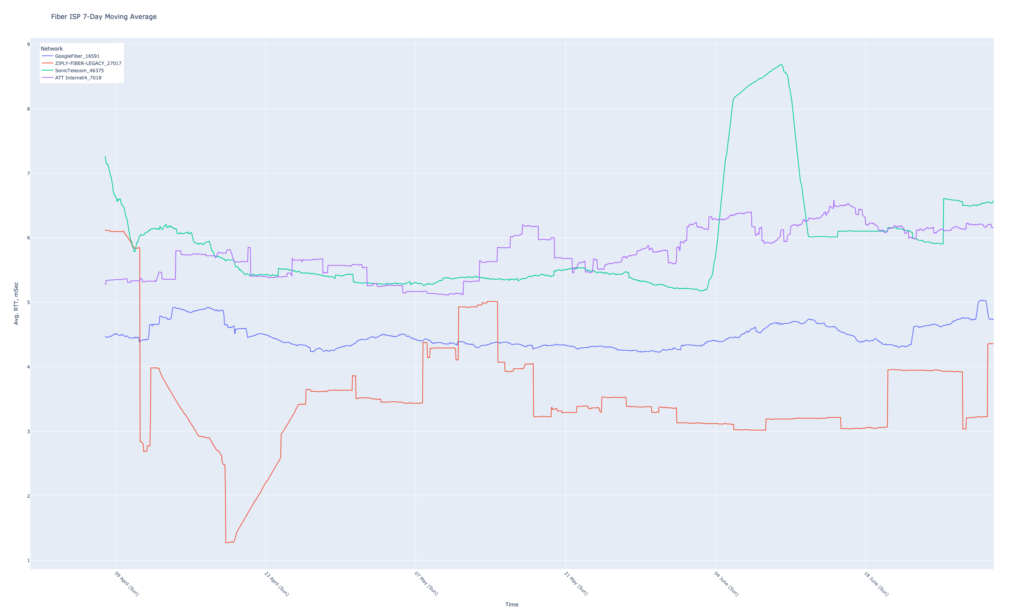Latency: The Key Metric for Broadband Performance
Latency: The Key Metric for Broadband Performance
Introduction
Broadband connectivity has come a long way, surpassing the once-cherished metric of speed. With speeds reaching 1 Gigabit per second (Gbps) and beyond, latency has emerged as the true measure of broadband performance. In this mini-report, we delve into the importance of latency and analyze the performance of various US broadband Internet Service Providers (ISPs) in anticipation of the Broadband Equity, Access, and Deployment (BEAD) grants.
The Significance of Latency
The BEAD program, administered by the NTIA (National Telecommunications and Information Administration), has set the bar for round-trip latency in broadband at 100 milliseconds or less. To ensure compliance with these standards, BEAD-funded networks must conduct speed and latency tests from the customer premises of active subscribers to a remote test server located at an FCC-designated Internet Exchange Point (IXP). Specifically, 95 percent of round-trip latency measurements must fall below the 100-millisecond threshold.
Challenges in Measuring Latency
Measuring latency accurately can be a complex task. Traditionally, internet engineers have relied on “pings” to measure round-trip latency between two hosts. While this method provides a reasonable estimate of round-trip time (RTT), it falls short in delivering latency information per hop. This is where trace routes come into play. Although not flawless, trace routes help identify major sources of lag or latency between hosts.
Measuring Last-Mile Broadband Latency
To measure the latency of the last-mile broadband network, additional tools are required. The remote test server must be located near or at the point where the broadband ISP interconnects with the internet. This approach brings us closer to obtaining an accurate measure of network latency. However, to truly assess a network’s latency, it is essential to measure it under load, taking into account the phenomenon known as “buffer bloat.”
Leveraging the RIPE Atlas Dataset
For this report, we utilize an open dataset provided by the RIPE Atlas, a global network of probes that measure internet connectivity and reachability. In the United States alone, there are over 4,000 RIPE Atlas probes, many of which are deployed in subscriber homes. These probes periodically run tests, including ping tests, to measure the round-trip time to remote servers called Atlas Anchors, strategically positioned across the internet. For this report we looked at the ping measurements for measurement 1004 which sends a recurring ping to the target f.root-server.net which has been assigned an any cast IPv4 address. The use of the anycast IP address means that the probe when resolving the IPv4 address will find the test server closest to the probe and thus minimize unnecessary hops across the Internet.

Analyzing Broadband ISPs
Our analysis focuses on ping measurements aggregated by US ISPs that have five or more active probes on their networks. We observed a total of 86 networks meeting this criterion. From this pool, we selected a sample comprising broadband ISPs and grouped them based on their primary broadband technology: cable, telco, fiber, or wireless (mobile, fixed-wireless access and LEO satellite).
Key Findings
Our analysis reveals that all the broadband ISPs examined in this report comfortably meet the BEAD program’s round-trip latency threshold of 100 milliseconds. Additionally, fiber networks consistently exhibit the lowest latency compared to cable and wireless networks, albeit not always significantly so.
In the figure below we can see that the fiber networks (green overlay) as expected consistently have the lowest round-trip latency that is under 10 milliseconds, cable’ (yellow overlay) round-trip latency on average is between ~10-40 milliseconds, and the wireless networks (5G fixed wireless access and LEO satellite) are between 40-80 milliseconds.

In the figures below we isolate the wireless, cable, telco and fiber networks.




We expect that as network operators upgrade their networks to 5G, DOCSIS 4.0, and fiber that we should see the overall latency to trend to be close to 5 milliseconds or less for most networks.
Engineering Impacts on Latency
Interestingly, the data illustrates that factors beyond layer 1 and layer 2 transmission technology (such as fiber, cable, or wireless) can influence round-trip latency. Variations in latency are evident among different cable ISPs, fiber ISPs, and wireless ISPs. This underscores the critical role of well-designed networks and effective network and traffic engineering in achieving low round-trip latency.
Conclusion
Broadband performance has evolved beyond speed as latency takes center stage. The BEAD program’s emphasis on round-trip latency of 100 milliseconds or less underscores the importance of addressing this metric for optimal broadband connectivity. Our analysis reveals that while fiber networks generally exhibit lower latency, advancements in cable and wireless technologies are closing the gap. Ultimately, the success of a network lies in meticulous network engineering that prioritizes low round-trip latency, ensuring an exceptional broadband experience for end-users.

